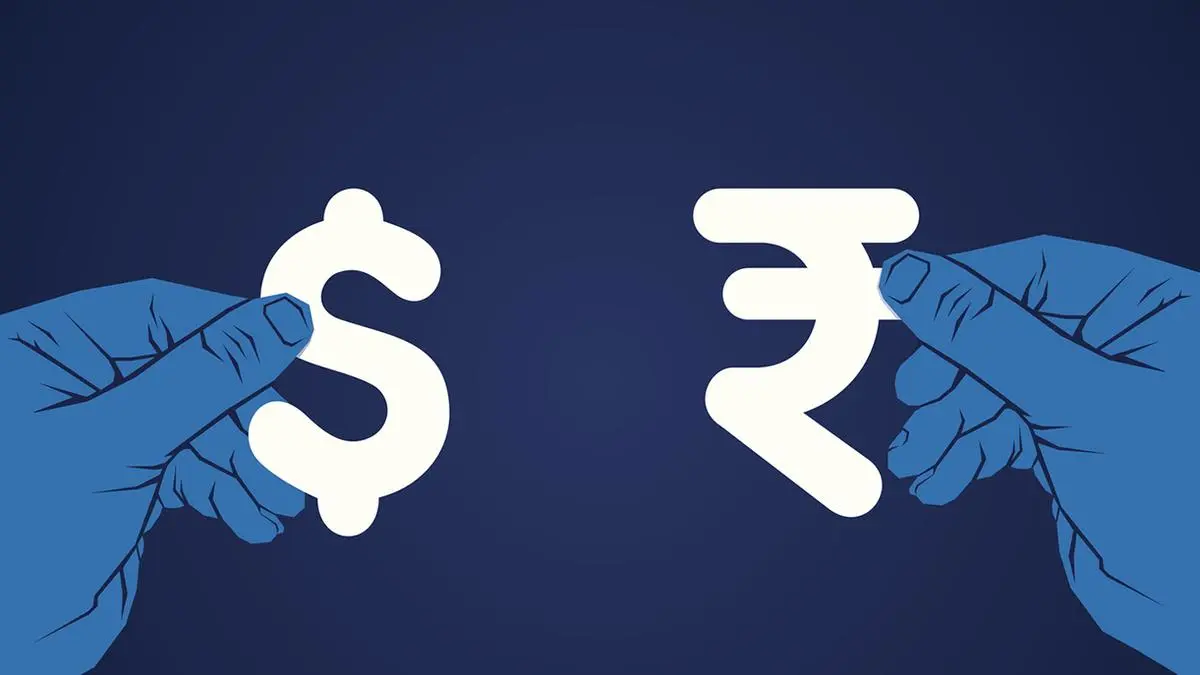
Despite the assertions made by the Iranian central bank and government regarding the sufficiency of foreign currency reserves, recent reports reveal an expanding currency deficit crisis impacting the pharmaceutical sector.
The head of the Tehran Chamber of Commerce announced on Sunday, March 17, that the central bank’s restrictive policies have led to financial challenges across various private sector industries, including pharmaceuticals, resulting in a current crisis within the pharmaceutical sector.
Mahmoud Najafi Arab, speaking to the state-run news agency ILNA, highlighted the widespread issue of working capital shortages affecting numerous pharmaceutical companies, leading to difficulties in meeting employee salary obligations. He emphasized that this shortage extends beyond the pharmaceutical industry, affecting overall production within the country.
He further noted that the central bank’s contractionary policies, aimed at curbing inflation, have inadvertently hindered domestic production, exacerbating the situation. Price indices tied to the free rate exert significant influence on the economy, compounding the challenges faced by various sectors.
Despite a considerable rise in medicine prices since the inception of the 13th government, the head of the Food and Drug Organization announced a further 20% price hike for 2024.
Since Ebrahim Raisi assumed office, the rial has depreciated by more than half its value, despite official assertions of a stable currency situation. The government’s failure to control the escalating exchange rate, with the dollar still trading above 60,000 tomans as of Sunday, March 17, contradicts Raisi’s pre-election promises to mitigate inflation and stabilize the rial.
Despite claims by regime officials and the Central Bank of Iran regarding the adequacy of foreign exchange reserves, the country’s foreign exchange problems continue to escalate daily.
Iran’s Customs recently incorporated oil, services, and electricity export statistics into its monthly reports in an attempt to portray a positive trade balance. However, a closer examination of customs data reveals a record negative non-oil trade balance of $15 billion in 2023.




